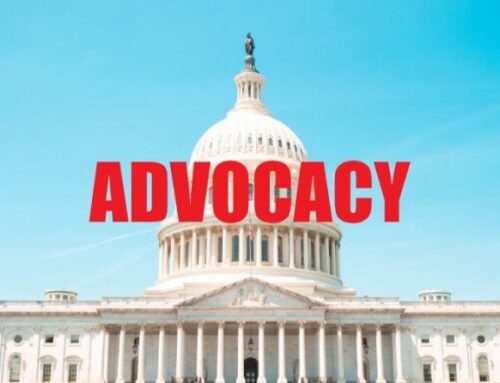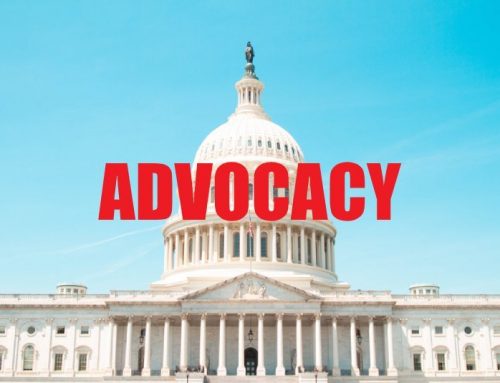Excerpt:
For decades, researchers have agreed that nicotine is the fundamental addictive agent in tobacco, leading the U.S. Surgeon General to affirmatively conclude in the 1988 report, The
Health Consequences of Smoking: Nicotine Addiction, that, “nicotine is the drug in tobacco that causes addiction.” Now, strong scientific evidence also demonstrates that reducing the nicotine
content to a very low level can reduce smoking and nicotine addiction. Reducing nicotine levels in combustible tobacco products provides enormous potential to accelerate progress in
preventing and reducing smoking and the death and disease it causes. We urge you to move forward with this proposal as quickly as possible.
As FDA noted in the Advance Notice of Proposed Rulemaking (ANPRM at 11822), reducing the nicotine content of cigarettes will: “(1) Give addicted users of cigarettes the choice
and ability to quit more easily by reducing the nicotine to a minimally addictive or nonaddictive level and (2) reduce the risk of progression to regular use and nicotine dependence for persons who experiment with the tobacco products covered by the standard.” Making cigarettes minimally or non-addictive will prevent most kids from ever becoming regular smokers and will
increase the number of smokers who make a quit attempt and successfully quit. The FDA estimates that this proposal would prevent more than 33 million youth and young adults from
becoming regular smokers this century, prompt 5 million smokers to quit within one year (rising to 13 million in five years) and save more than 8 million lives by the end of the century. 3 The
impact of this policy would be historic. There are few actions FDA could take that would prevent as many young people from smoking and save as many lives.
It is important, however, that FDA consider a nicotine product standard as part of a comprehensive set of regulatory policies to curb the use of combustible tobacco products. Thus,
moving toward adoption of such a standard would not obviate the need to implement, as soon as possible, proposals that include prohibiting menthol in cigarettes and characterizing flavors in all tobacco products, as well as graphic health warnings for cigarettes. Moreover, there is, and will continue to be, a need for FDA to exercise its full authority to reduce the use of and pursue public education campaigns directed at informing the public of the health risks of all tobacco products, including those subject to the nicotine reduction proposal. Reducing nicotine in
combustible products to minimally or non-addictive levels will not make those products “safe,” and the public, particularly young people, need to understand that any use of these products will
continue to carry substantial health risks.




